Here’s an interesting question: when it comes to sequels, which would you prefer? A boring success, or an interesting failure? John Boorman’s 1977 effort Exorcist II: The Heretic must surely be the poster child for the latter. While a moderate success in cinemas, the film was deeply unpopular with those who saw it and positively eviscerated by the critics of the time. In broad terms, they were not wrong either. There is little questioning that it is a poor film, but I honestly found it fascinating in its failure. Dozens of little gems of inspiration brim with potential throughout, mixed in with some properly decent actors, and interesting creative choices.
Somewhere in some parallel universe there is another Exorcist II: one with a new house, and a new possessed child, and a new Catholic priest sent in to free the young soul from evil. It may be watchable, or even genuinely competent, but it would have been forgotten within a year and ignored for decades. In 1998 director Stuart Baird’s U.S. Marshals repeated Andrew Davis’ The Fugitive with Lt Gerard (Tommy Lee Jones) on another hunt for another escaped prisoner, following the same action beats with similar twists and turns, and equivalent stunts, and it crashed, burned, and lay mostly forgotten ever since. John Boorman may have failed to make Exorcist II a great film, but at least he tried something new. He disastrously swung for the fences, and as a result we’re all still talking about The Heretic almost 50 years later.
The films picks up four years after the original. Regan O’Neill (Linda Blair) is receiving psychiatric care as a result of her experiences, with the help of Dr Gene Tuskin (Louise Fletcher). Meanwhile priest Philip Lamont (Richard Burton) is dispatched from the Vatican to further investigate the death of Father Lancaster Merrin (Max Von Sydow) and the demon Pazuzu.
There is an admirable attempt to break the sequel out of the domestic confines of the original film, taking characters from New York to Washington and back, and even to Ethiopia. The problem is that the expanded scope of the film is treated rather messily: while the African sequences do tie into Father Merrin’s background and the beginning scenes of the first Exorcist, there is an unwillingness to commit to the idea. A sequel more firmly set in Africa, allowing more material for co-star James Earl Jones, may have developed into a stronger work.
There is also some potential provocation in balancing theology with psychology, but it fails to work in context: Dr Tuskin is presented as a scientist and skeptic, but the overall Exorcist mythos ensures that she is misguided and definitively wrong from the outset. Her special hypnosis device, designed to allow two people to share the same dream state, also pushes the film into the realm of science fiction, and does not really convince.
Linda Blair is good, and with more varied material to play, and Louise Fletcher is excellent; this was her first film after winning an Oscar for One Flew Over the Cuckoo’s Nest. By contrast, Richard Burton feels sorely miscast. His role requires a younger, more naïve identity that he is simply too theatrical and grave to manage.
This all leads me back to my original question: which is the preferred sequel? One that plays things safe, and offers familiar pleasures in a reduced, less effective fashion? Or is it one that takes narrative and stylistic risks, and attempts to find something new out of the material? I cannot in all good sense describe Exorcist II as a good film, but I can defend it as the more interesting option. I understand why it holds a cult following. I, for one, am happy to take these sorts of failed sequels for the challenging ones that do succeed.
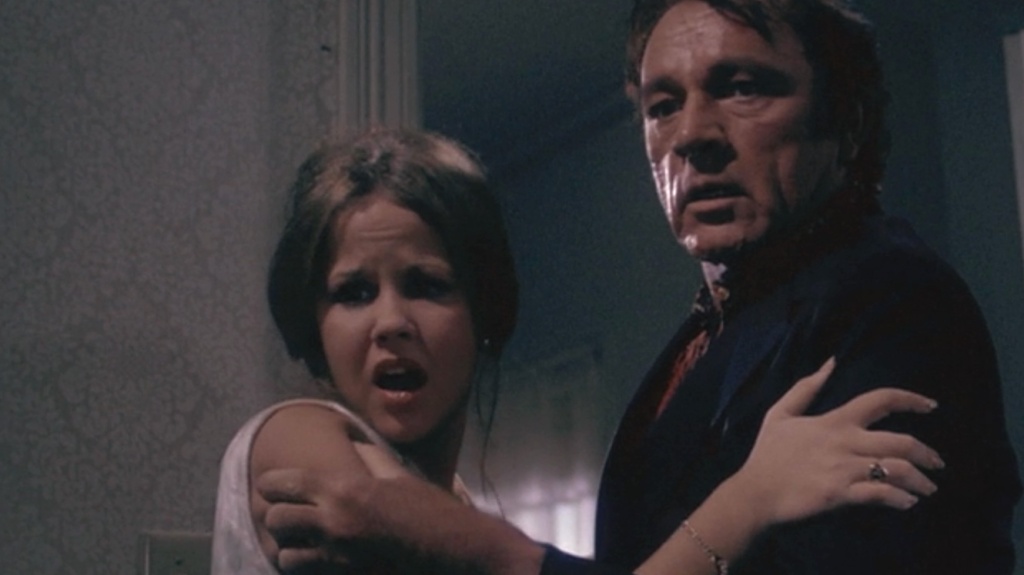
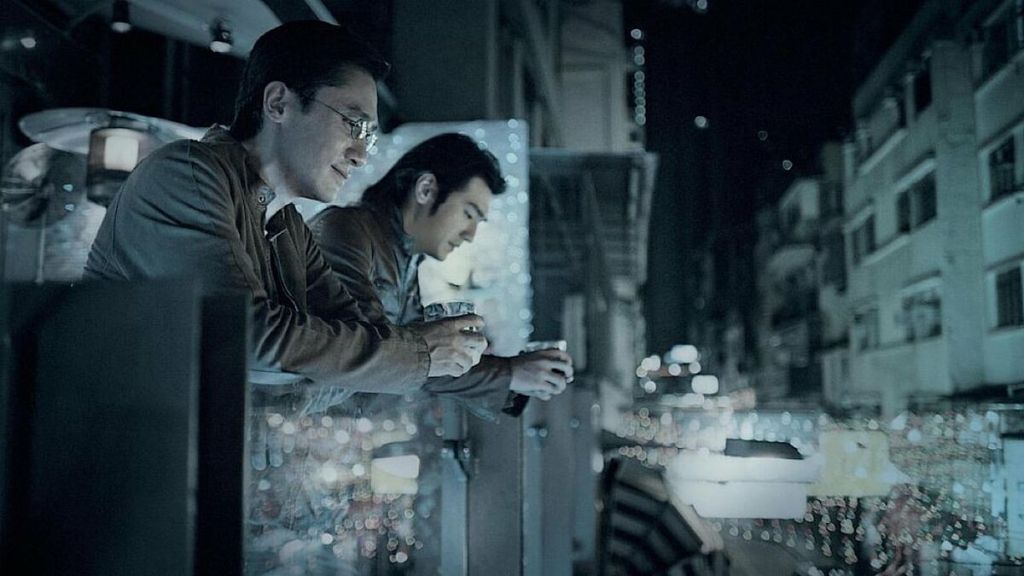
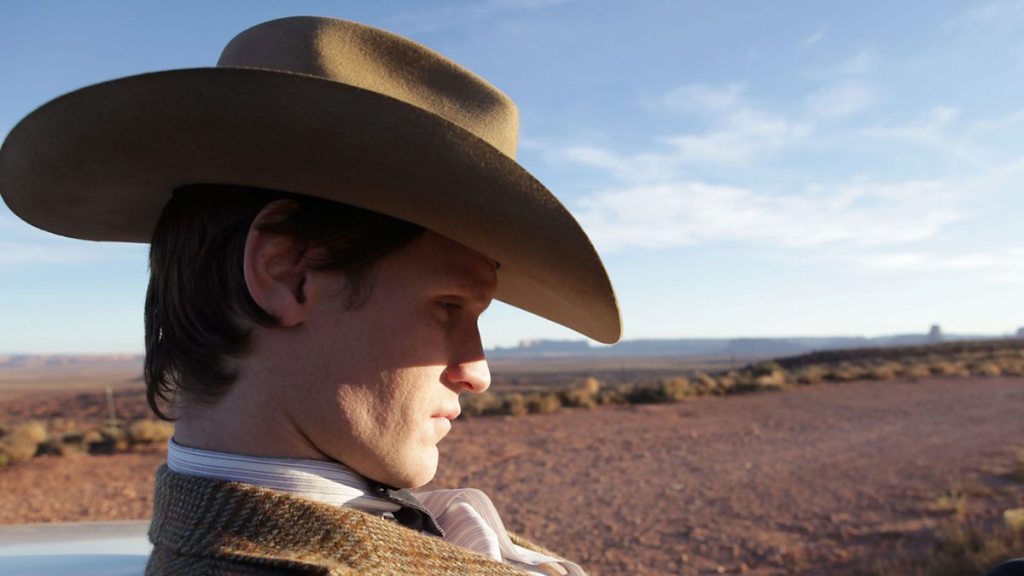
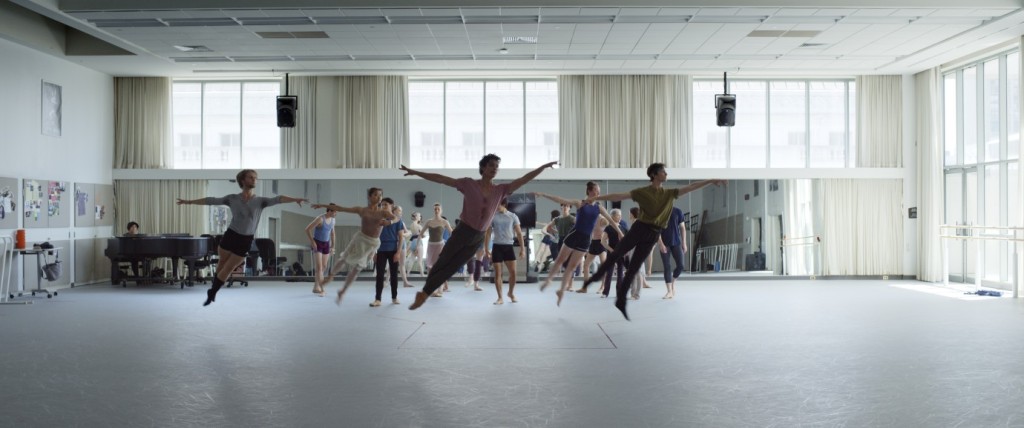
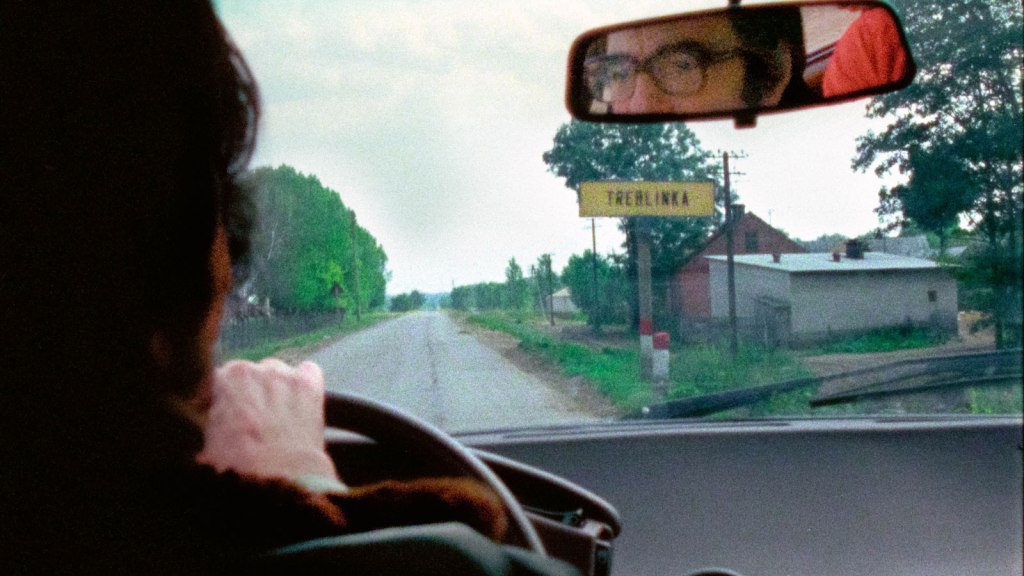
Leave a comment